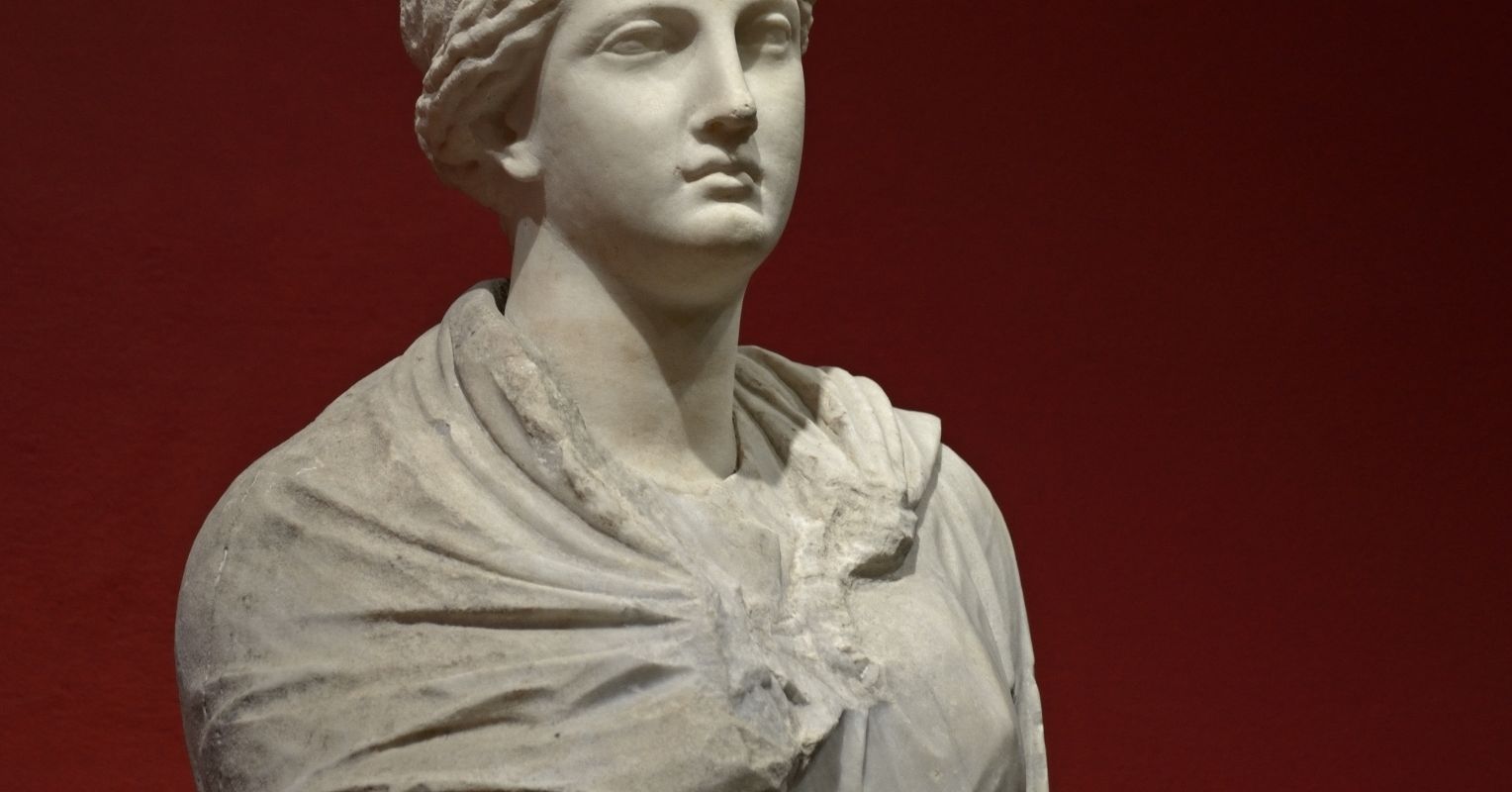
"In ancient times, sculptures were not only painted, but also regularly perfumed, which created a multisensory experience, engaging more than just vision."
"Writers like Cicero described the systematic scenting of sculptures, indicating that the aesthetic experience was much richer than a purely visual one."
"The finding that ancient sculptures were scented is surprising, as we traditionally see visual art as the peak form, yet it had an important non-visual component."
"In Rasa aesthetics from India and beyond, the experience emphasizes a multimodal aesthetic that engages all senses, challenging our modern visual-centric view."
A recent archaeological finding reveals that ancient sculptures, often viewed solely as visual art today, were frequently painted and perfumed, engaging multiple senses. This contrasts with modern aesthetics, primarily focused on visual and auditory experiences. Historical accounts from figures like Cicero indicate a rich multi-sensory experience in ancient times, enhanced by scents such as rose perfumes and olive oil. While this finding surprises some, a cross-cultural perspective shows that other traditions, like Rasa aesthetics from India, have long embraced a multimodal approach, highlighting the importance of non-visual senses in art appreciation.
Read at Psychology Today
Unable to calculate read time
Collection
[
|
...
]